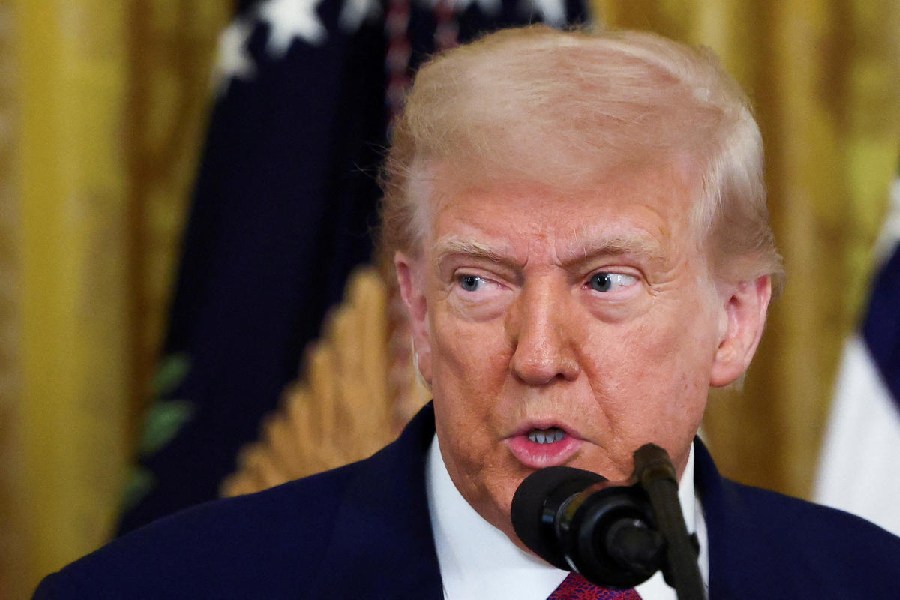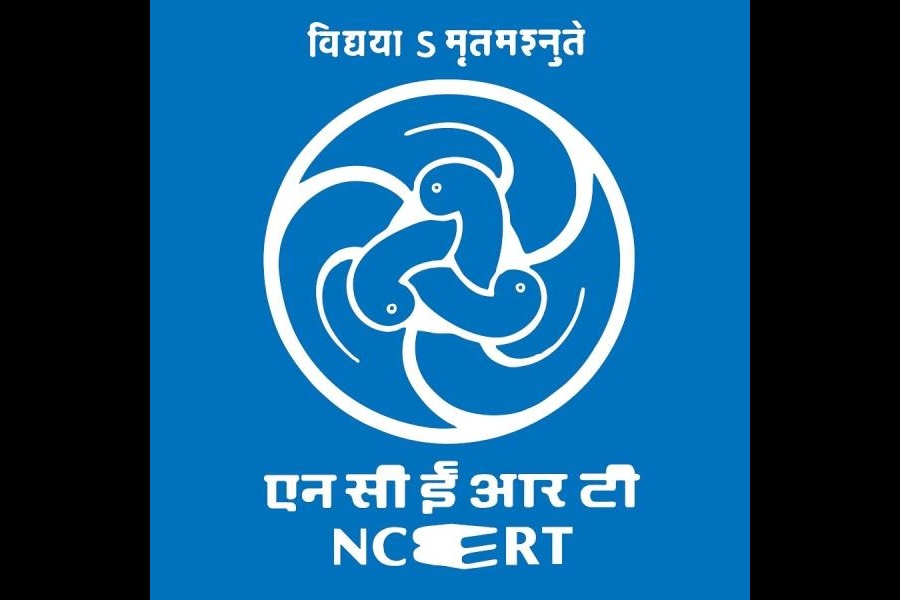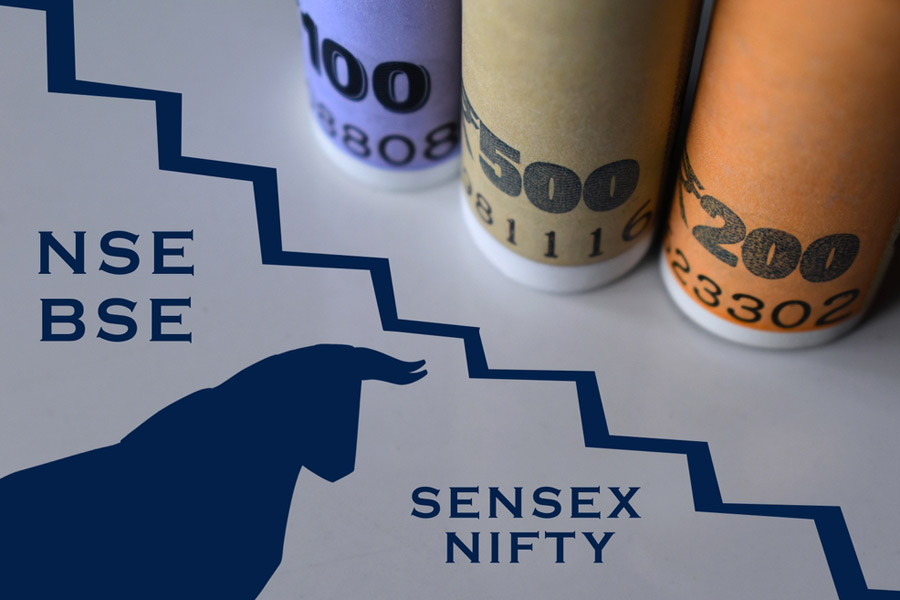 |
The Unit Trust of India’s Unit Scheme 64 bonds will cease to exist this June.
Launched on July 1, 1964, Unit Scheme 64 (US 64) was the country’s first mutual fund that invested public savings in non-deposit instruments such as equity and corporate debt.
The scheme was officially closed five years ago in May 2003 when the government converted the open-ended balanced fund into five-year tax-free bonds and promised to pay an annual interest rate of 6.75 per cent. The bonds are due for maturity on May 31 this year.
Other assured income schemes of UTI such as Children’s Gift Growth Fund (1996 and 1999), Bhopal Gas Victims MIP (1992), Monthly Income Plans (1998 and 1999) and Rajlakshmi Unit Plans (1994 and 1999) for the girl child were also converted into tax-free bonds along with US 64.
However, these bonds carry an annual interest rate of 6.6 per cent and will come up for redemption on May 31, 2009.
Great start
US 64 was the first scheme of the UTI, which was formed on February 1, 1964.
Riding on the stock market boom in the 1970s and 1980s, the scheme’s equity exposure increased to nearly 65 per cent of its total investment portfolio in the early 1990s.
At the beginning of the 1990s, the unit capital under the scheme more than doubled to Rs 15,000 crore from a little over Rs 7,000 crore. UTI decided to distribute the reserves under the scheme to unit holders in the form of higher dividends, preferential offer, rights and bonus shares. Between 1990 and 1995, the rate of dividend was increased from 18 per cent to 26 per cent.
The reserves were distributed liberally without making US 64 a net asset value (NAV)-based scheme. This distorted the market yield pattern for other instruments because investors considered high returns from US 64 as a risk-free investment.
 |
Trouble begins
The investor base of US 64 grew to 2 crore, while the assets under management rose to an unmanageable level of Rs 12,778 crore, which was about 13 per cent of the entire mutual fund industry at that time. The UTI management decided to restructure the scheme’s huge and varied portfolio and convert it into a NAV-based scheme. The sale and repurchase of units of US 64 were suspended for a few months.
Then came the stock market crash in June 1994 and the NAV of US-64 slipped below its face value of Rs 10 and reserves dropped to minus Rs 2,597 crore by December 1998.
In February 1999, the Deepak Parekh Committee submitted its recommendations for saving the fund and the government extended Rs 3,300 crore to bail out the fund.
Redemption was restricted for a few months and to the first 3,000 units since July 2001. Redemption was reopened from January 1, 2002, based on the net asset value.
Conversion to bonds
The government guaranteed a repurchase price of Rs 10.5 for the first 5,000 units for all existing US 64 unit holders. The repurchase price was increased to Rs 12 by May 2003. From May 2003, the units of US 64 and other assured income schemes were converted into tax-free bonds.
SUUTI, or the Special Undertaking of the UTI, started managing US 64 and other assured income schemes after the split of the country’s first mutual fund house in 2003.
SUUTI paid Rs 5,300 crore towards redemption in US 64 till May 2003. “Unit holders who didn’t go for redemption were allotted tax-free bonds of Rs 100 each aggregating to Rs 8,400 crore,” said a UTI official.
Though these bonds are listed on the bourses, their trading volumes have been very low. In the interest of small investors, in July 2006, SUUTI gave them an option to redeem the bonds prior to their maturity. However, investors could redeem bonds up to Rs 3 lakh.
Small investors lapped up this opportunity and many have come out of the US 64 bonds over the last two years. Rising interest rate in bank deposits, which touched 10 per cent last year, as well as booming stock prices encouraged them to switch over to bank fixed deposits or equity schemes of mutual funds.
SUUTI saw a monthly redemption of Rs 60 crore in the last two years.
Investment options
“Many bond holders also invested the redemption proceeds in the schemes of UTI Mutual Fund,” said a UTI official. The money transfer is quick if an investor redeems the US 64 bonds and reinvests the proceeds in a UTI Mutual Fund scheme.
US 64 bonds being tax-free, the effective return from these bonds will be different for investors in different income tax brackets (see table). Investors in the highest income tax bracket will have to look for investment avenues that give them a pretax return of 9.64 per cent.
The income schemes of mutual funds have given an average taxable return of 9.23 per cent over the last one year. So, if one invests in an income scheme of a mutual fund, the post-tax return will be less than that of US 64 bonds.
However, some income schemes such as LICMF Floater MIP (14.93 per cent), HSBC MIP Savings (14.60 per cent), Principal MIP Plus (18.07 per cent), DBS Chola MIP (27.53 per cent) and UTI MIS Advantage Plan (13.13 per cent) have given decent returns. On a three-year scale, DBS Chola MIP, HSBC MIP Savings, HDFC MIP long-term and UTI MIS Advantage Plan have yielded more than 12 per cent return.
Equity-oriented mutual fund schemes and gold ETFs, on the other hand, have given a return of 34 per cent and 24 per cent, respectively, in the past 12 months. Among the UTI’s own schemes, UTI Infrastructure, UTI Index Select Equity, UTI Master Index, and UTI Master Plus 91 have given a compounded annual return of more than 30 per cent over the last three years.
Bank fixed deposits are, however, no longer lucrative as they have started reducing their interest rates to below 9 per cent. Moreover, interest income from bank fixed deposits is taxable.










